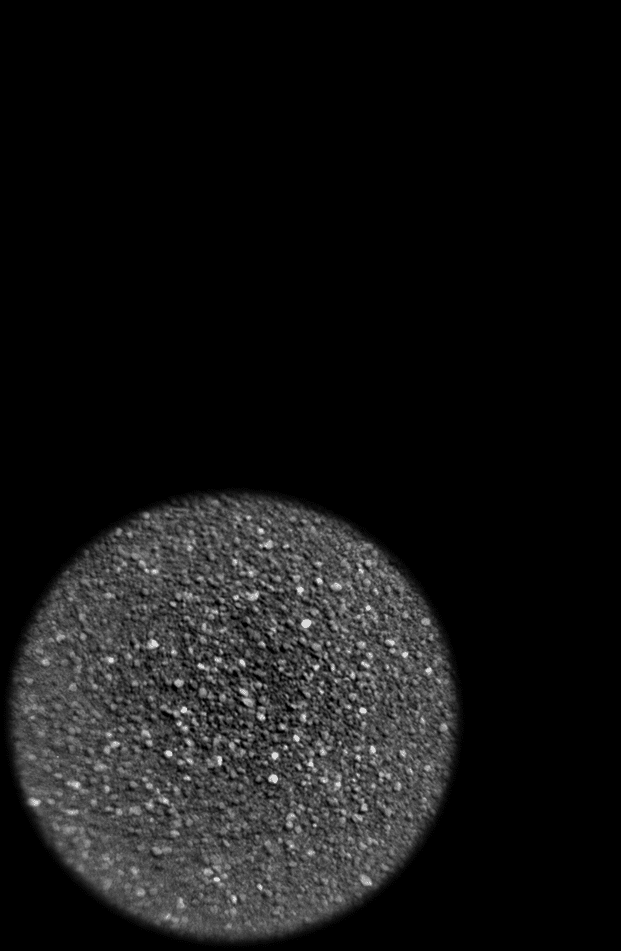Bruce Murray Space Image Library
Zap! ChemCam profiles a sand ripple, Curiosity sol 1177

Here is a Mastcam-100 view of the 10 shot points after the ChemCam observation completed.
Bruce Murray Space Image Library

Here is a Mastcam-100 view of the 10 shot points after the ChemCam observation completed.